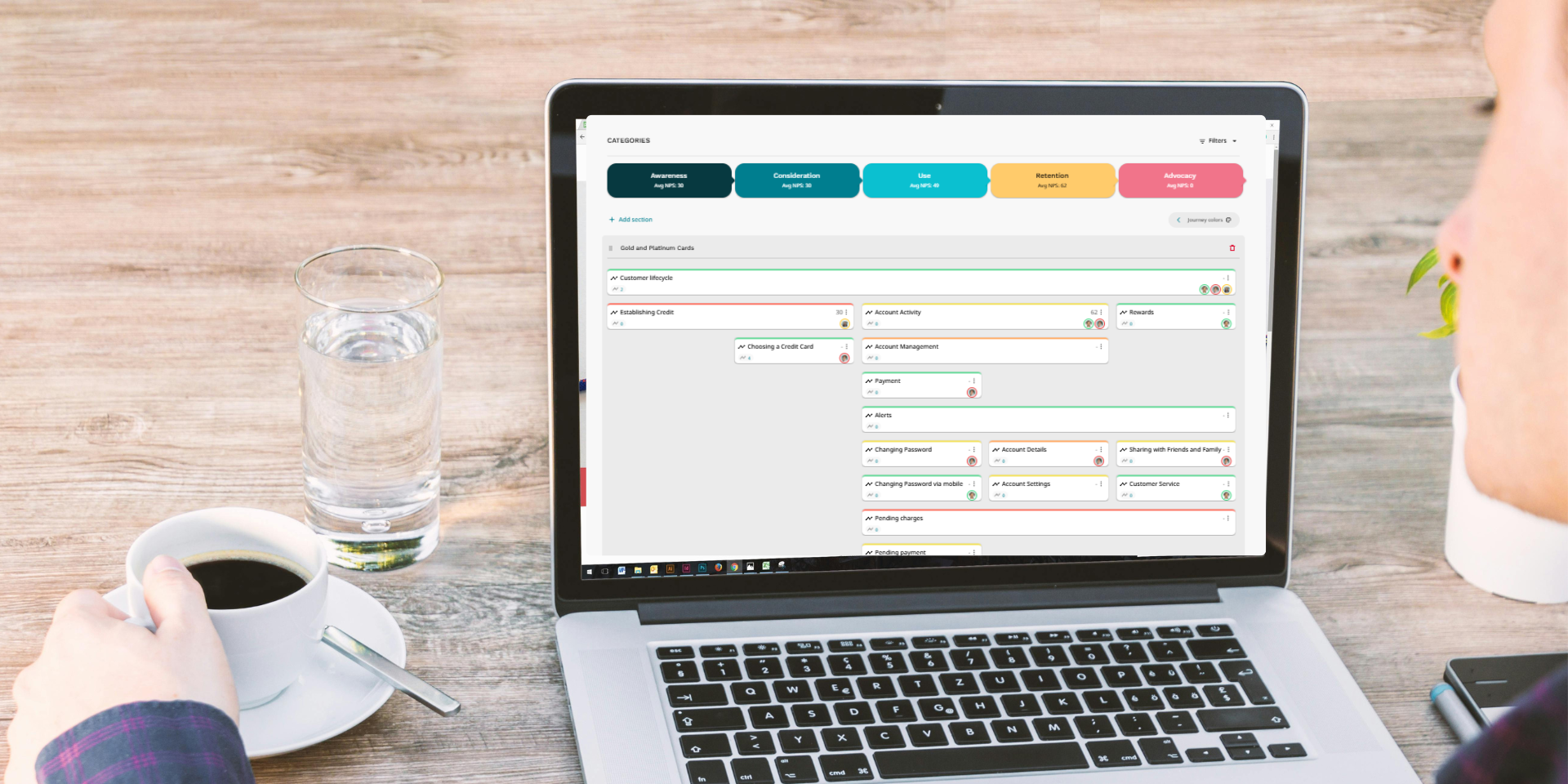In today's dynamic customer experience landscape, CX practitioners and executives seek tools that provide a holistic understanding of customer interactions. One such invaluable tool is the Journey Atlas, a comprehensive framework that catalogs and visualizes customer journeys across various touchpoints and channels.
Understanding the Journey Atlas
A Journey Atlas is a strategic framework of journey maps that organizes and prioritizes customers' various paths when interacting with a brand. According to Forrester, unlike traditional journey maps that often focus on individual interactions, a Journey Atlas offers a bird's-eye view of all customer journeys, facilitating a unified, customer-centric language across organizational silos. This holistic perspective enables companies to prioritize, assign responsibility, collaborate effectively, and discover shared value across different journeys.
Benefits for CX Practitioners
Enhanced Collaboration and Communication
A Journey Atlas fosters a shared framework and language, bridging gaps between departments and ensuring that all teams have a unified understanding of customer journeys. This alignment is crucial for effective collaboration, allowing teams to work toward common goals and deliver consistent customer experiences.
Prioritization of CX Initiatives
With a comprehensive view of all customer journeys, CX practitioners can identify which journeys matter most to customers and the business. This insight allows for the prioritization of journey mapping efforts, ensuring that resources are allocated to areas with the highest impact on customer satisfaction and business outcomes.
Identification of Overlooked Journeys
A Journey Atlas helps spot journeys that may have been previously overlooked but are critical to the customer experience. By uncovering these gaps, CXers can address unmet customer needs, improving satisfaction and loyalty.
Continuous Improvement and Adaptation
The dynamic nature of a Journey Atlas allows CX pros to continuously update and refine customer journeys based on real-time data and feedback. This adaptability ensures that the organization remains responsive to evolving customer expectations and market trends.
Benefits for Management and Executives
Strategic Decision-Making
Executives gain a strategic overview of customer interactions through a Journey Atlas, enabling informed decision-making. This comprehensive understanding aids in aligning business strategies with customer needs, leading to more effective and customer-centric initiatives.
Resource Optimization
By visualizing and organizing customer journeys, a Journey Atlas allows management to identify redundancies and inefficiencies within processes. This insight facilitates the optimization of resources, reducing operational costs while enhancing the customer experience.
Risk Mitigation
Understanding the intricacies of customer journeys helps executives anticipate potential risks and challenges. Proactively addressing these issues mitigates risks associated with customer dissatisfaction and attrition, safeguarding the organization's reputation and revenue streams.
Performance Measurement
A Journey Atlas provides a framework for measuring the health and performance of various customer journeys. Executives can utilize this information to set benchmarks, track progress, and assess the effectiveness of CX initiatives, ensuring alignment with organizational objectives.
Empowering Organizations with a Robust Journey Atlas
Incorporating a Journey Atlas into an organization's CX strategy is a transformative step toward achieving customer-centric excellence. Platforms like JourneyTrack offer comprehensive solutions that empower CX practitioners and executives to harness the full potential of a Journey Atlas. Users can create as many journey atlases as they choose - by purchasing funnel, stages within a funnel, the entire customer lifecycle, or any other way that makes sense for the business. Or, they can create one atlas with sections, phases and sub-phases, journeys, and sub-journeys. Journey health scores are always visible in the Journey Atlas, as are the personas and sub-journeys associated with each journey. By providing tools for mapping, analyzing, and optimizing customer journeys, JourneyTrack facilitates the creation of a unified, strategic approach to customer experience management.
In summary, implementing a Journey Atlas serves as a cornerstone in pursuing exceptional customer experience management. It enhances collaboration, prioritization, and continuous improvement efforts for CX practitioners. For management and executives, it offers strategic insights, resource optimization, risk mitigation, and performance measurement capabilities. Embracing a Journey Atlas aligns the organization with customer expectations and drives sustainable business success in an increasingly competitive market.
Subscribe to our blog and stay in the know.

